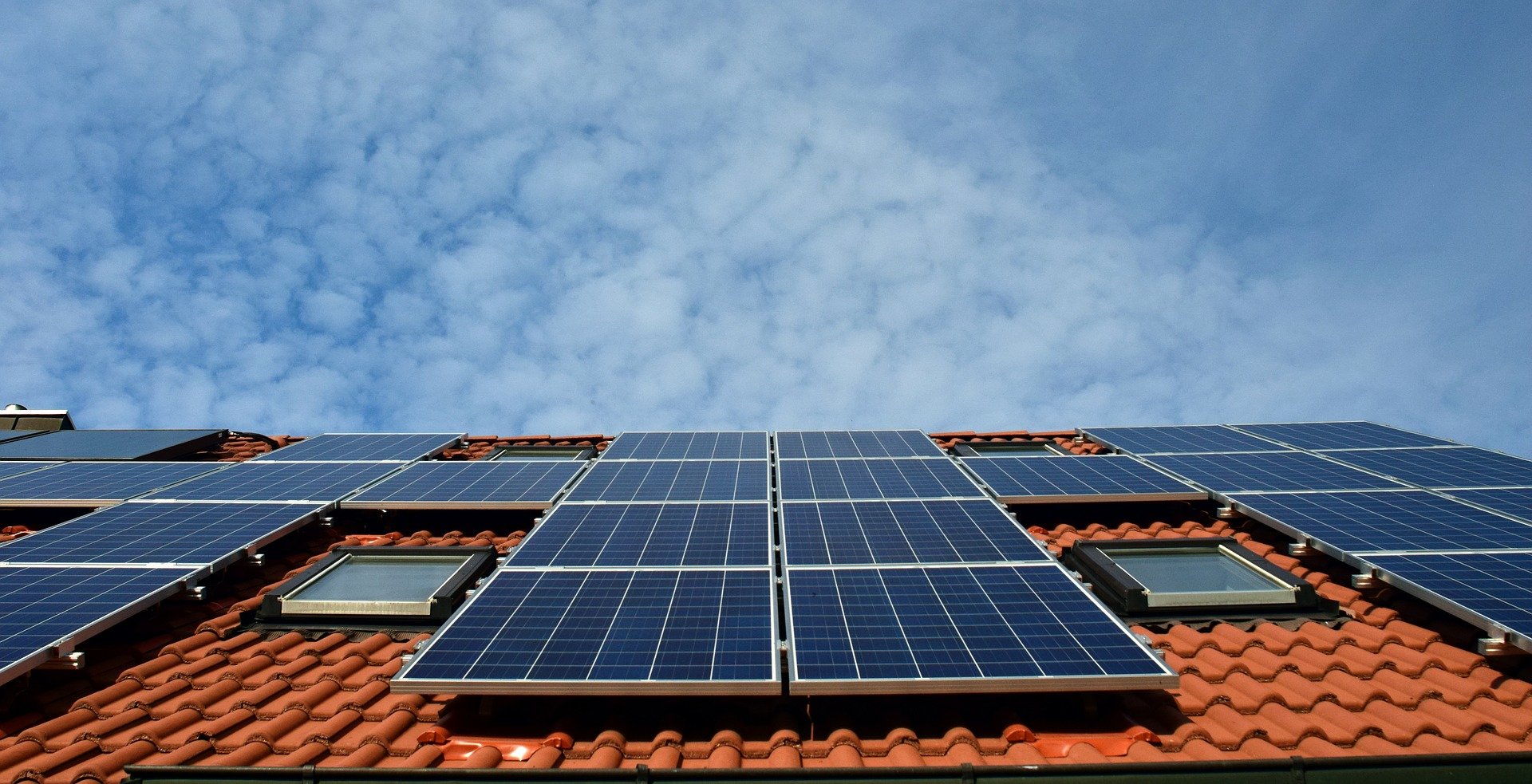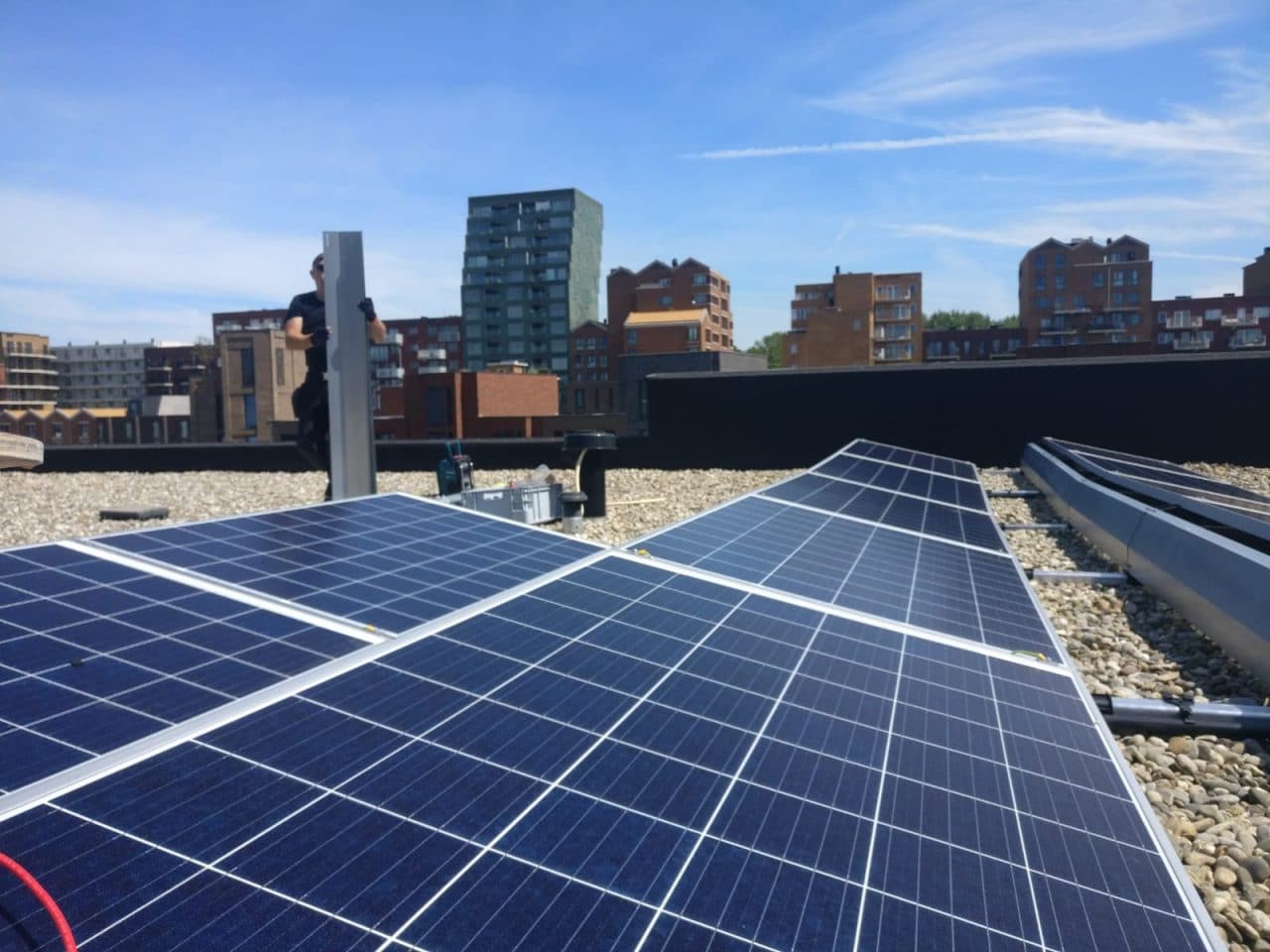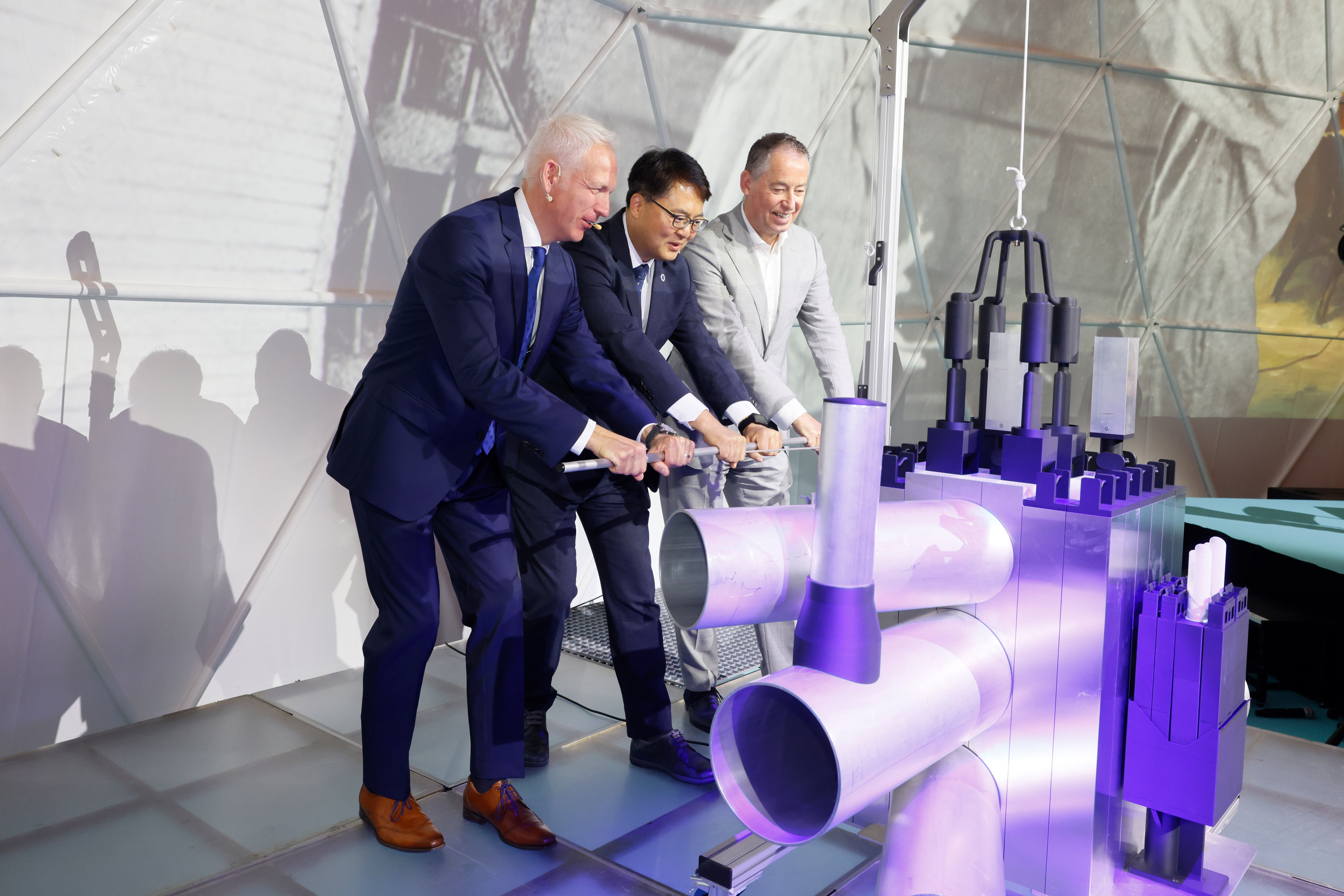
Sci-fi movies and superhero tales always surprise us with outstanding materials, resistant to every kind of damage. In some cases, such materials are able to self-heal. What seemed to be unrealistic, or strictly related to Spiderman or Superman is now becoming possible, thanks to a recent discovery made by a cohort of scientists.
A group of researchers at the Technion Israel Institute of Technology developed self-healing nanocrystals – particles that measure a thousand-millionth of a meter. They used double perovskites – a class of materials with potential uses in solar cells.
The study group led by Prof. Yehonadav Bekenstein is specialized in synthesizing nanocrystals – the smallest existing particles that are capable of remaining naturally stable. Their size allows them to be seen through a transmission electron microscope – using a beam of electrons instead of light. This enables them to see objects smaller than the wavelength of light, and in this case, see how atoms move inside the crystals. In fact, this is precisely what has made Technion’s discovery possible.
“My colleague Sasha Khalfin recorded hours of video from the microscope, and noticed that something we didn’t expect was going on, ” recalls Noam Veber. He is a physics PhD student and contributed to the project that worked on the calculations needed to reproduce the phenomenon and to track the way it develops.
The crystal ejects the void
Perovskite nanoparticles are easy to produce. For Technion’s material, the process requires heating the material to 100°C for a few minutes. They can be analyzed under the transmission electron microscope, which creates holes in the perovskite nanocrystals with its electron beam radiation. Technion scientists wanted to see how such holes interacted with the material.
As time passes, they found that holes formed on the surface of the nanoparticles, but then moved quickly to its inner parts to the most energetically stable areas. It seemed like they were pushed inwards by some kind of force. “It appeared counterintuitive to us, and that’s when we formulated our first hypothesis”, adds Veber.
Nanocrystals’ surface is surrounded by organic molecules – called ligands, whose addition is a necessary part in perovskite nanocrystals synthesis. Which is why the researchers hypothesized that such a phenomenon could have something to do with these ligands, They removed the ligands, noticing that the crystal was then ‘ejected’ out the holes, thereby repairing itself.
Veber studied the phenomenon using MatLab by tracking the holes’ speed and movements. “The software recognizes movement so we could understand better how the holes behave in nanocrystals”, Veber goes on to explain.
Perovskites have a soft structure
In order to clarify why such a peculiar phenomenon happens, it is necessary to look at the structure of the material.
“Halide perovskite materials structure is considered soft. By contrast, conventional semiconductors – such as silicon – are much harder, if you make a hole in that, it will stay in the same position. The relative softness of the perovskites makes self-healing possible”, explains Veber.
Self-healing solar panels
Considering the potential use of perovskites in solar cells, Technion’s discovery is significant when it comes to improving solar panels.
Veber: “Imagine space satellites that use solar panels which are constantly being damaged. Thanks to this process, the material will repair itself, fixing – to some degree – the damage that has been done over time.”
In the same way, solar panels used in buildings can also benefit from this discovery. They will become more efficient, and subsequently need to be replaced less often.
However, perovskites still have some major limitations. For instance, such as degradation in contact with water. “That’s very different compared to silicon, the common material for solar panels. To replace the current technologies, we need to make them stronger”, Veber stresses.
Why glass is so difficult to imitate for solar panels? Read more about that here.
In order to put this into practice, further research involving ligands needs to be done. Getting rid of them is not an option, as they contribute to making the nanocrystals the way they are. Removing the organic molecules would result in crystals combining together, whereby the nanocrystals would lose all their properties.
“A good option would be to find other ligands that could improve their stability without giving up on their ability to self-heal”, Veber suggests.
Further studies are key. As Veber puts it: “there is much we know and much we don’t”.
Testing the process with other materials

“First of all, we need to scale up the process and to experiment with other materials. I think such phenomenon can be found in other materials too”, states Veber. “Such a process could potentially work with LEDs as well.”
Further research on the topic and experimentation with other materials will keep improving the process. Bear with science for now because sooner or later, if our smartphone’s glass it’s broken, it will repair itself one day.
Also interesting: Machine-learning methods help Science better understand solar panels





